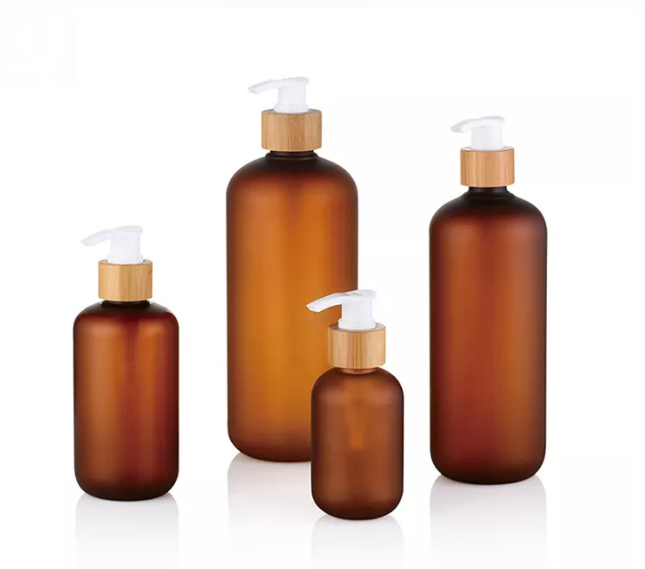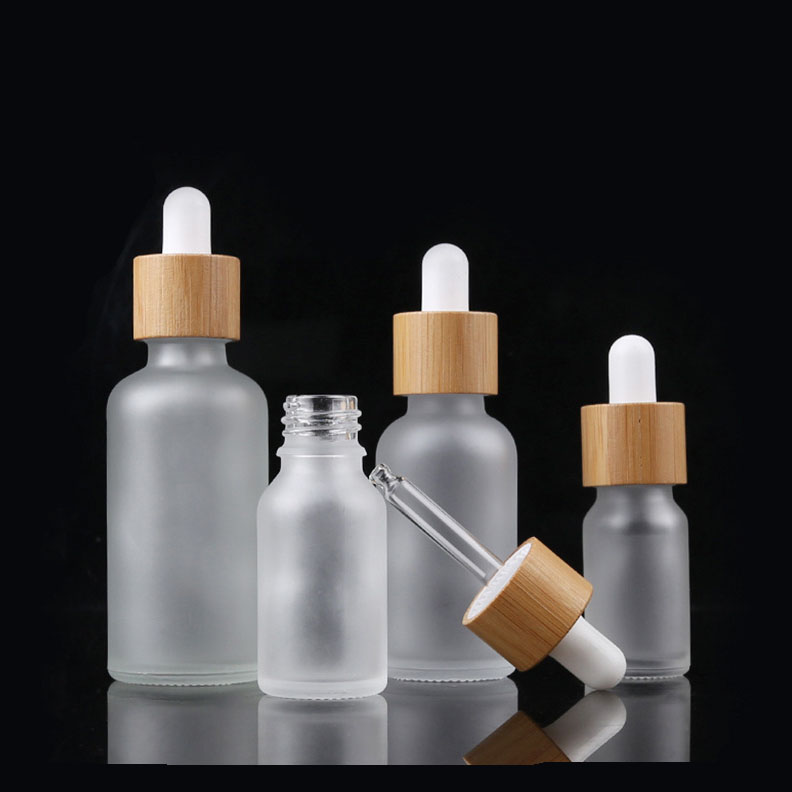
Introduction to HDPE and PET Plastics
Have you ever wondered what your plastic bottles are made of? In the world of plastics, two types often stand out – HDPE (High-Density Polyethylene) and PET (Polyethylene Terephthalate).
These two materials are commonly used in a variety of products, from packaging to plastic drums, and even in the manufacturing of certain types of lumber.
- HDPE, a type of polyethylene, is a lightweight, durable, and flexible material. It’s often used in the production of plastic bottles, especially for products like shampoo and laundry detergent.
- PET, on the other hand, is a clear plastic that belongs to the polyester family. It’s most commonly used in the production of beverage bottles, thanks to its excellent water vapor transmission rate (WVTR).
Both HDPE and PET have their unique properties and uses, and understanding these can help us make more informed decisions about the products we use and buy. So, let’s dive in and explore the key differences in HDPE vs PET.
Chemical Composition and Structure
HDPE and PET, though both are types of plastic, have different chemical compositions and structures. HDPE is made from ethylene, a compound found in petroleum. The ethylene molecules are polymerized, forming long chains of polyethylene.
This process results in a semi-crystalline plastic material that’s resistant to punctures and has a high strength-to-density ratio. Understanding the type of plastic used in products is important for recycling and waste management efforts, as it helps determine the recycle rating.
PET is a type of polyester made from ethylene glycol and terephthalic acid. The polymerization process of PET results in long strands of PET, which are then cut into small pellets. These pellets are then heated to a desired shape, such as bottles for beverages. PET is a clear plastic, part of the polyester family, and is the most common thermoplastic polymer resin used in fibers for clothing, containers for liquids and foods, thermoforming for manufacturing, and in combination with glass fiber for engineering resins.
It is important to note that PET does not contain phthalate, a chemical that has been linked to health concerns.
Physical Properties: A Comparative Analysis
When it comes to the physical properties of HDPE and PET, there’s quite a bit to unpack. HDPE, known for its strength and durability, is a hard, opaque plastic that can withstand high temperatures. It’s often used in products that need to be robust and weather-resistant, such as HDPE bottles for milk or detergent. Blow molding is a common manufacturing process used to create HDPE bottles, where the plastic is melted and then blown into a mold to form the desired shape.
PET is a strong, lightweight plastic that’s often clear but can be colored or opaque. It’s most commonly recognized as the material used for water and soda bottles. PET is also resistant to water vapor and has a lower melting point than HDPE, making it ideal for cold beverages.
HDPE and PET also differ in their flexibility. HDPE is more flexible than PET, which is more rigid. This flexibility makes HDPE a popular choice for products that need to be squeezed, such as shampoo or soap bottles. PET’s rigidity, on the other hand, is perfect for products that need to maintain their shape, like a soda bottle.
Strength and Durability: HDPE vs PET
In the battle of HDPE vs PET, strength and durability are two key factors. HDPE is known for its high tensile strength, meaning it can withstand a lot of force without breaking with its high tensile stresses. This makes it a great choice for heavy-duty applications, like industrial containers and plastic lumber. Additionally, HDPE has a high degree of crystallinity, which contributes to its strength and stiffness, as each polymer chain is tightly packed together.
PET, while not as strong as HDPE, is still quite durable. It’s resistant to many types of damage, including punctures and impact damage. This durability, combined with its lightweight nature, makes PET an excellent choice for single-use bottles and containers.
But strength and durability aren’t the only factors to consider when comparing HDPE and PET. In the next section, we’ll look at how these two types of plastic respond to bending and shaping.
Flexibility and Malleability Factors
Flexibility and malleability are crucial factors when it comes to the practical applications of HDPE and PET. HDPE plastic, with its high-density polyethylene structure, is quite flexible. This flexibility allows it to be molded into a variety of shapes and sizes, making it a popular choice for products like HDPE bottles and containers. It’s also resistant to stress cracks, which means it can withstand repeated bending or twisting without breaking.
PET, on the other hand, is less flexible but more rigid, which is why it’s often used for products that need to maintain their shape under pressure, such as beverage bottles. PET’s rigidity also means it’s less likely to deform under stress, making it a good choice for packaging applications where the integrity of the shape is important.
Temperature Resistance and Stability
When it comes to temperature resistance and stability, HDPE and PET have different capabilities. HDPE has a high melting point, which means it can withstand higher temperatures without deforming. This makes it suitable for applications where the material may be exposed to heating, such as in the case of hot-fill applications.
PET has a lower melting point, which means it’s less suitable for high-temperature applications. However, PET is resistant to cold temperatures, making it an excellent choice for products that need to be refrigerated or frozen, such as food and beverage packaging with plastic’s gas barrier.
Optical Clarity and Appearance
When it comes to appearance, HDPE and PET couldn’t be more different. HDPE is typically opaque and comes in a variety of colors, although it’s most commonly seen in white or milky in color. This lack of transparency makes HDPE a good choice for products where the contents don’t need to be visible, such as detergent bottles or milk jugs.
On the other hand, PET is known for its excellent optical clarity. It’s a clear plastic that allows consumers to see the product inside, which is one of the reasons why it’s the plastic packaging choice for many beverage companies. PET bottles and containers can also be colored or left transparent, depending on the needs of the product.
Barrier Properties: Resistance to Gases and Moisture
Another key difference between HDPE and PET lies in their barrier properties. HDPE has a low resistance to gases and moisture, which means it’s not the best choice for packaging products that can be affected by oxygen or moisture. However, its high resistance to solvents makes it a good choice for packaging many types of chemicals.
PET, in contrast, has excellent barrier properties. It’s highly resistant to gases, moisture, and UV radiation, which makes it an excellent choice for packaging products that need to be protected from the elements, such as food and beverages. PET’s gas barrier properties also make it a sustainable packaging option, as it can help to extend the shelf life of products.

Environmental Impact and Recycling
In today’s world, sustainability is more important than ever. So, how do HDPE and PET stack up when it comes to environmental impact and biodegradability?
HDPE is recyclable and can be remolded into new products, reducing the need for new raw material. However, it’s not biodegradable and can take hundreds of years to break down in the environment. This is why it’s so important to recycle HDPE products and prevent them from ending up in landfills or the ocean.
PET, on the other hand, is also recyclable and widely accepted by recycling programs. It can be broken down and remolded into new products, including fibers for clothing, carpet, and new PET bottles. However, like HDPE, PET is not biodegradable and can persist in the environment for a long time if not properly disposed of.
Conclusion: Which one should I choose: HDPE or PET?
HDPE and PET, two of the most common types of plastic, each with their own unique properties and uses. Whether you’re a manufacturer deciding on the best material for your product, or a consumer trying to make more sustainable choices, understanding the differences between HDPE and PET can help you make an informed decision.
Remember, while both HDPE and PET have their advantages, they also have their environmental impacts. So, let’s do our part by recycling our plastic products and reducing our consumption where possible. After all, every little bit helps when it comes to protecting our planet.
Contact us today if you want to elevate your brand with innovative designs, sustainable solutions, and a commitment to functionality!



